Joachim Giesel, Queen Elizabeth II, Hanover 1965.


Joachim Giesel, Queen Elizabeth II, Hanover 1965.
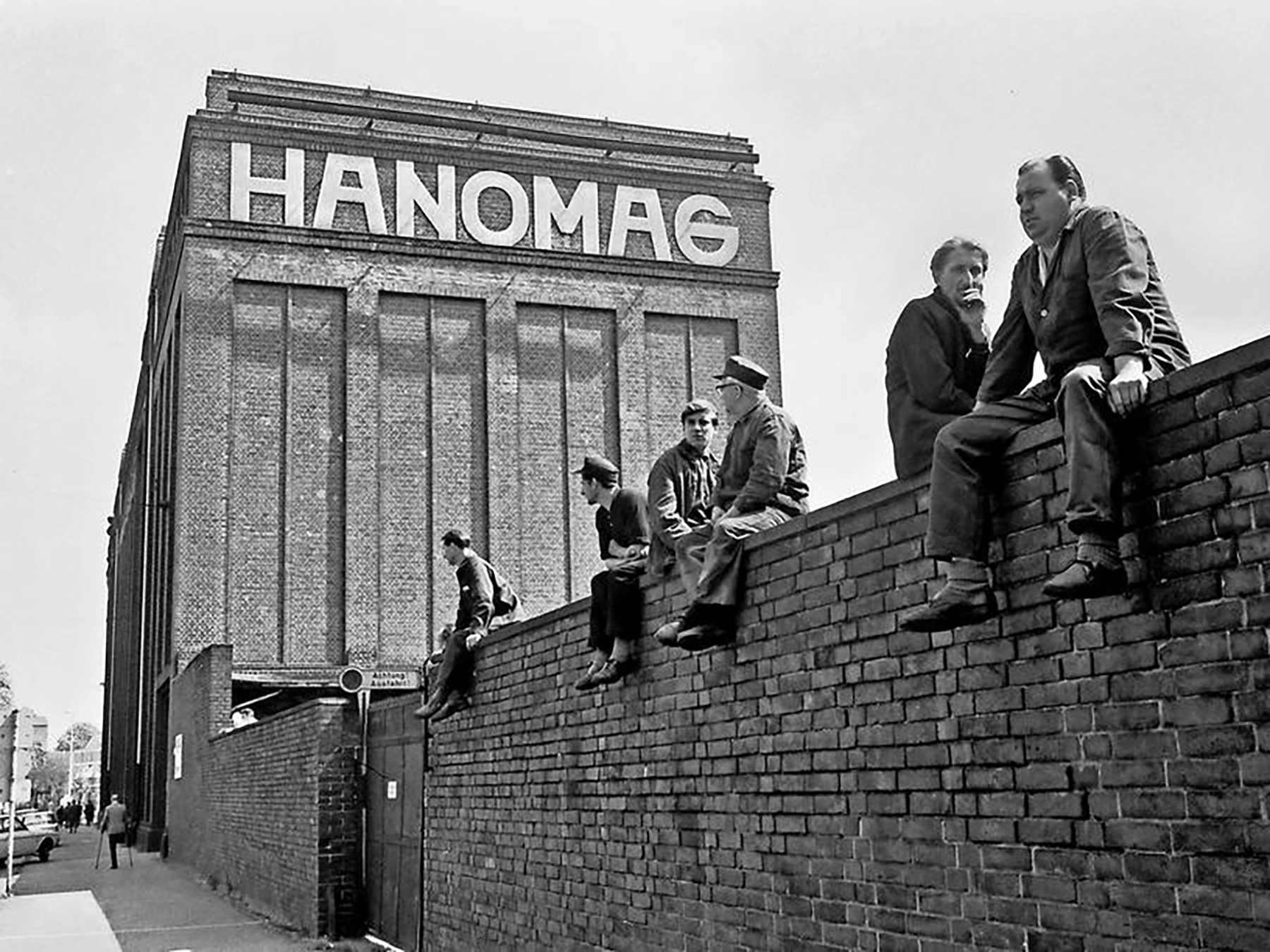
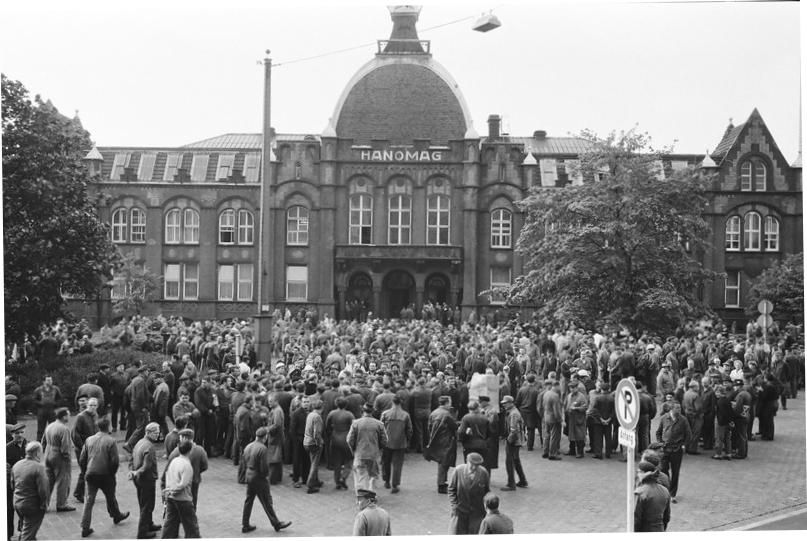
Joachim Giesel, Hanomag, Hanover 1967.


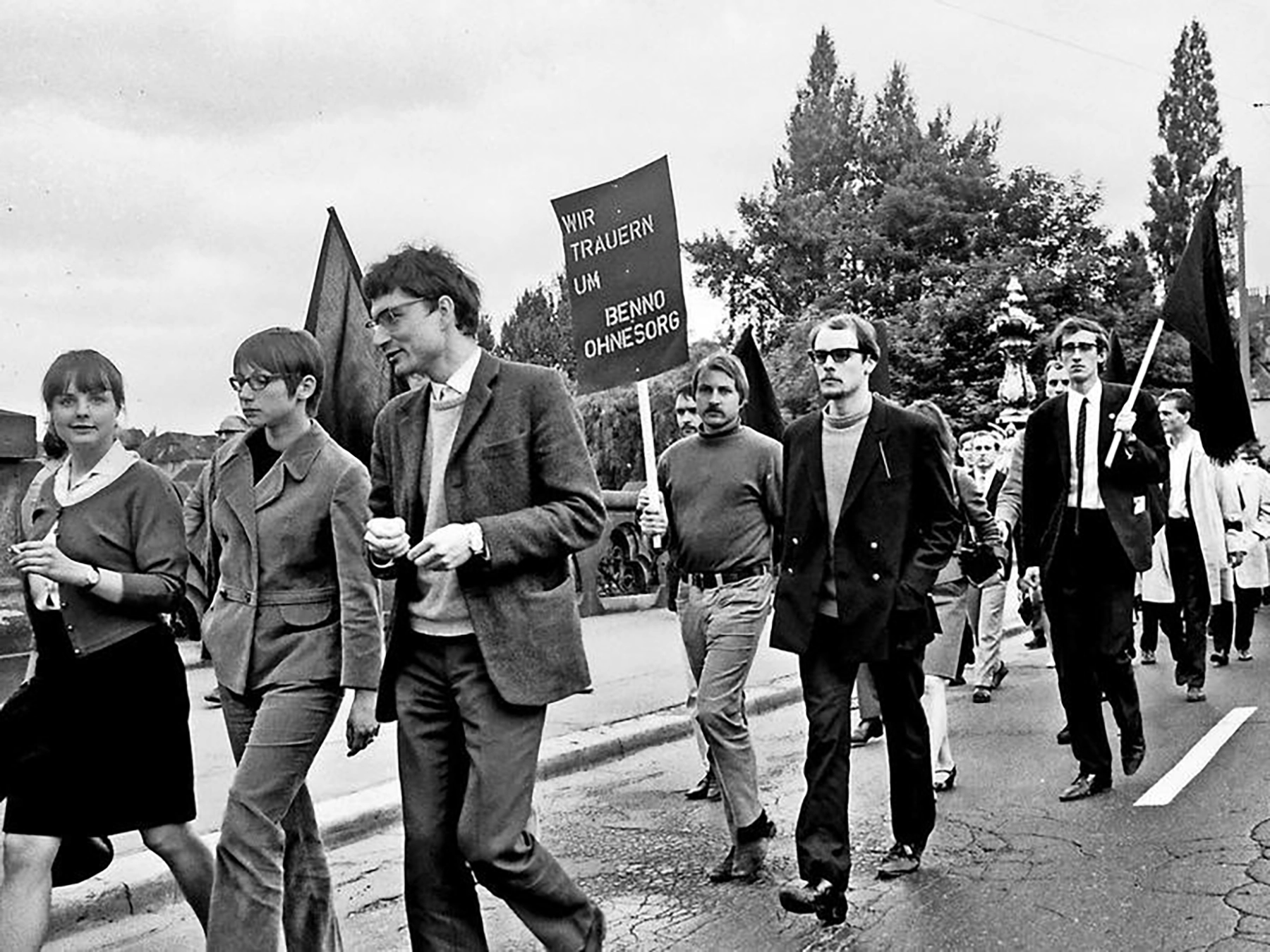


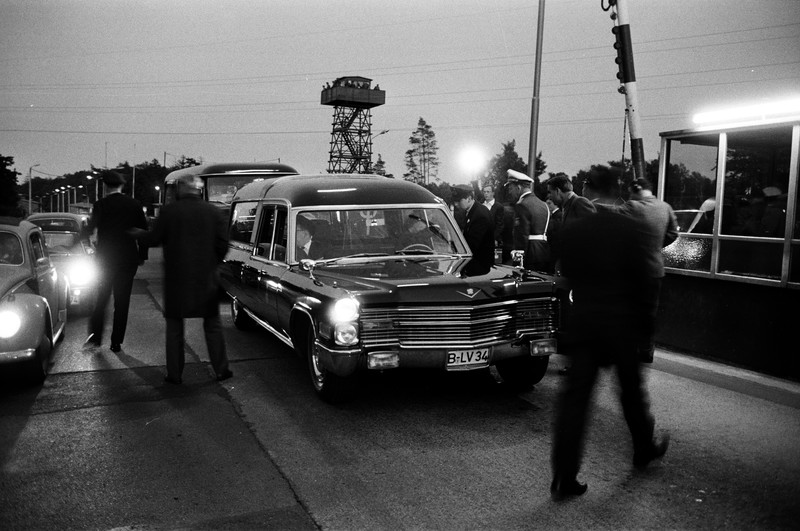
Joachim Giesel, Transfer of the Body of Benno Ohnesorg, 1967.
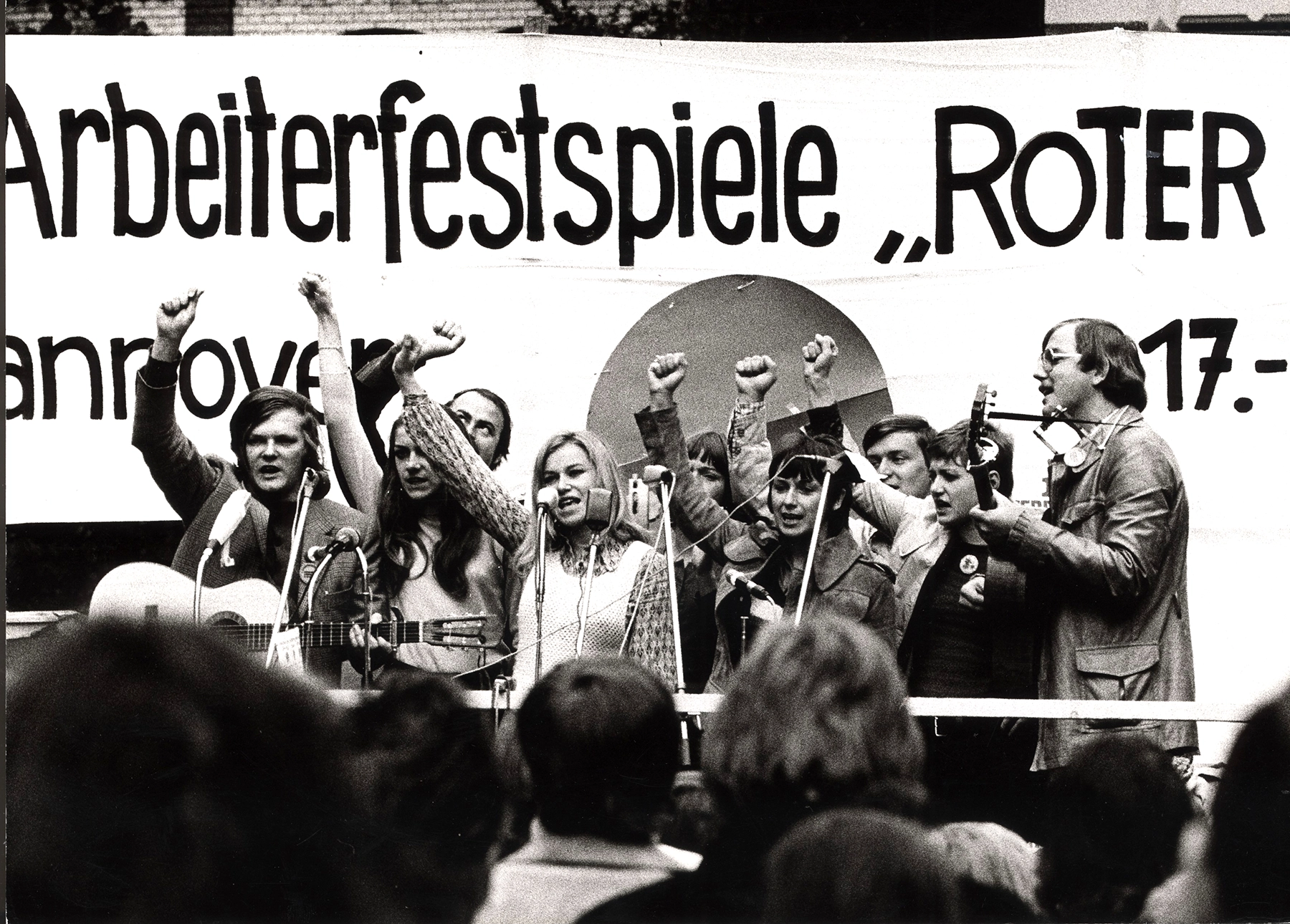
Joachim Giesel, Roter Punkt Hanover, 1970.
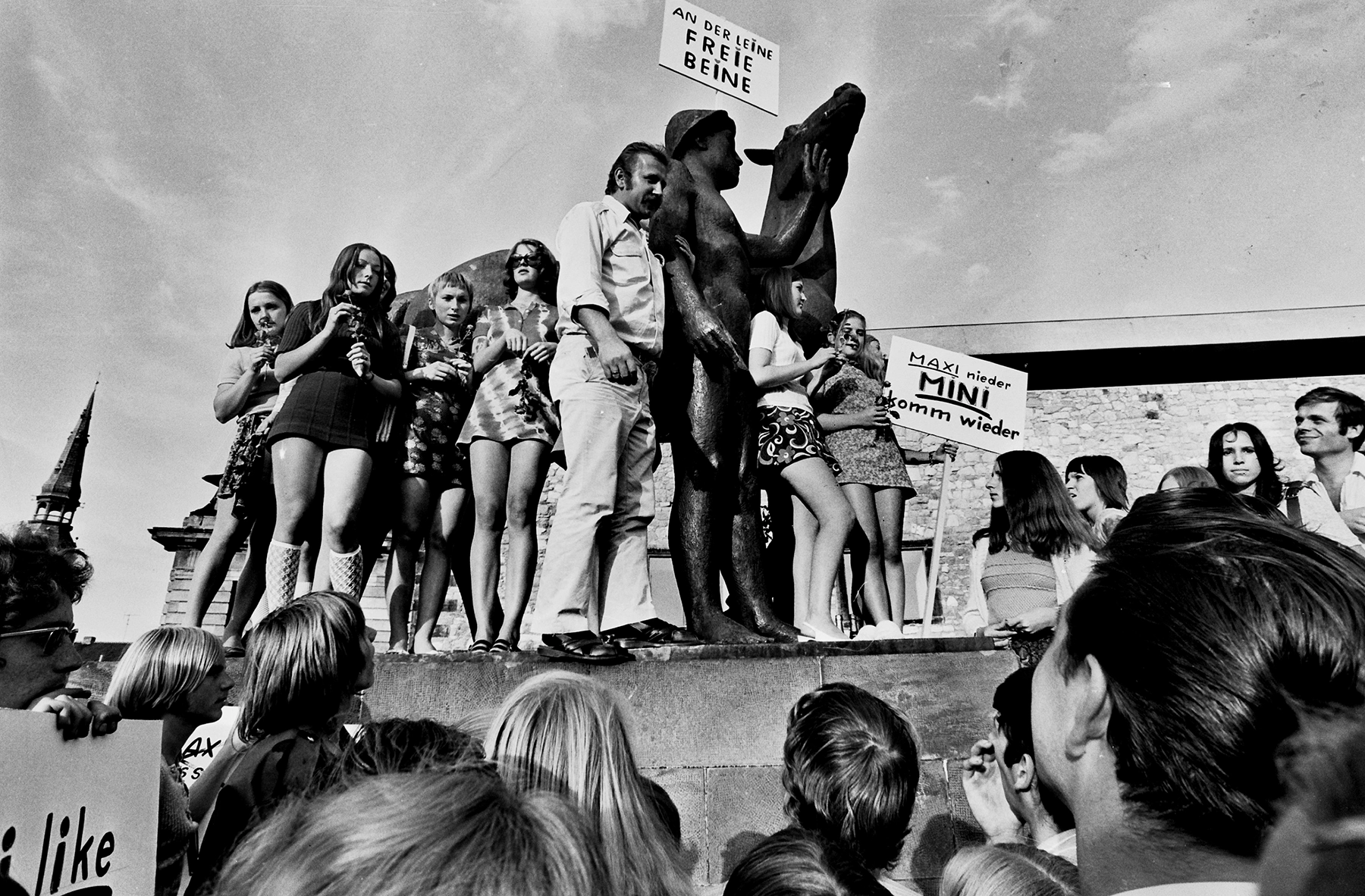
Joachim Giesel, An der Leine freie Beine, Hanover, 1970.
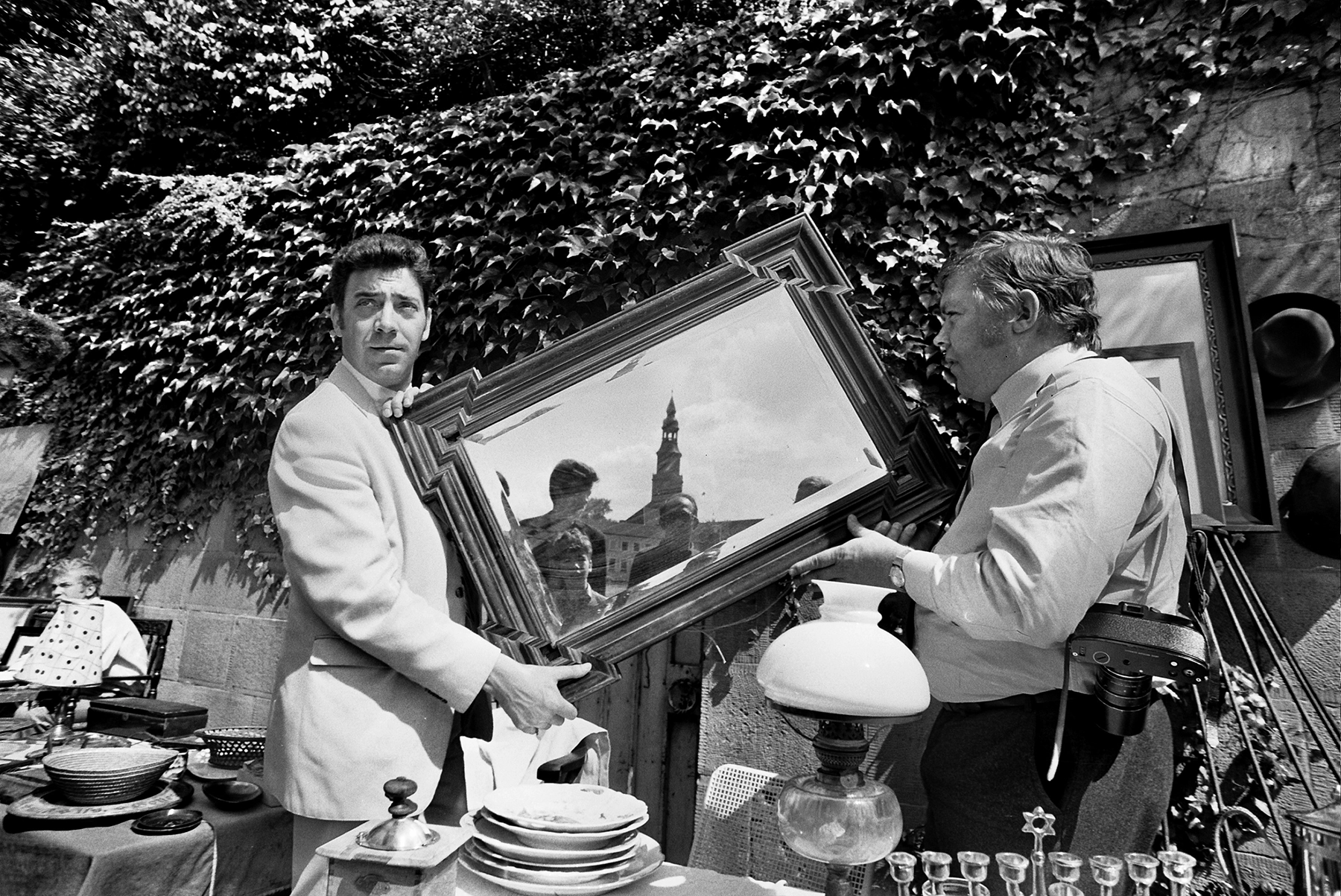

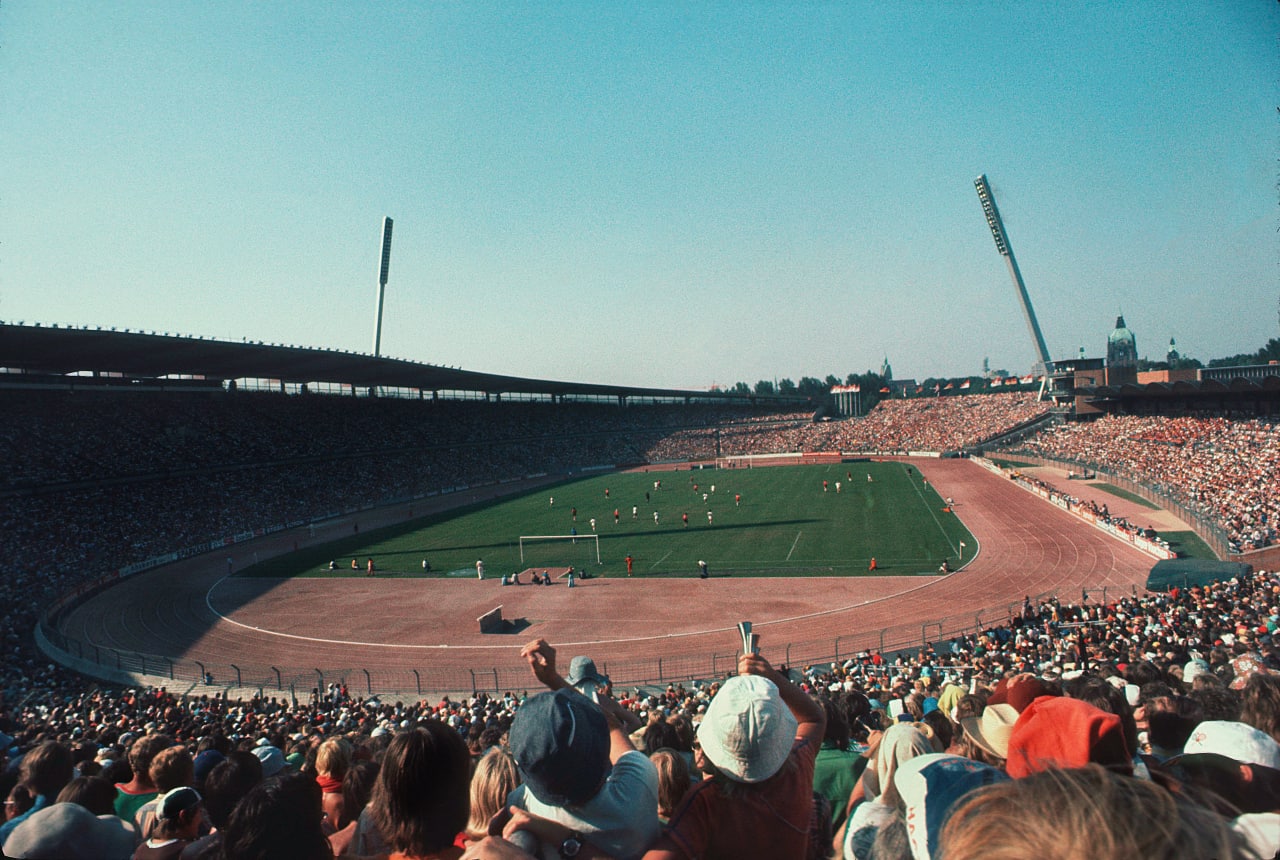
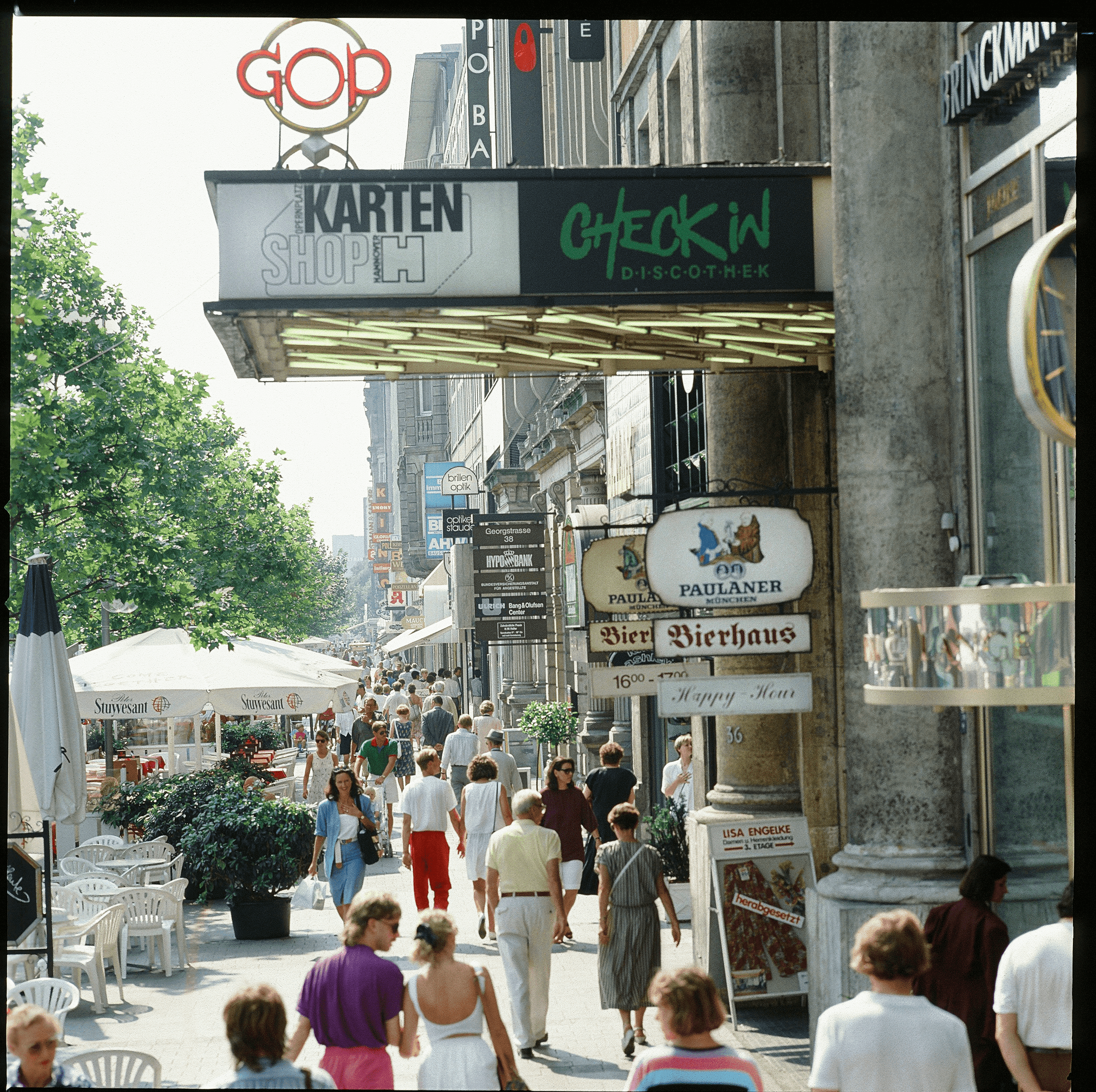
Joachim Giesel, Hanover Georgstraße, 1986.
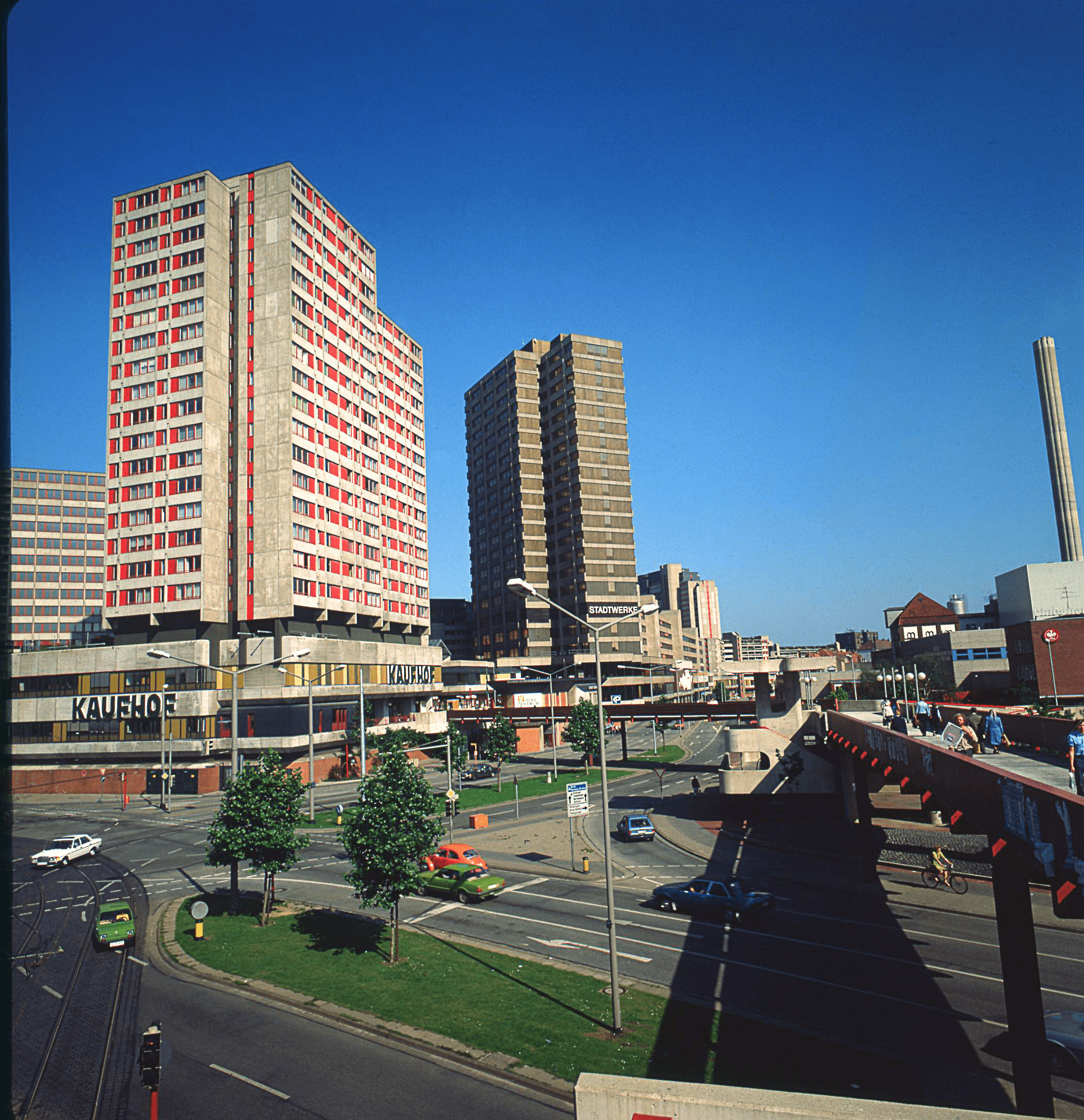
Joachim Giesel, Ihme Centre, Hanover, 1970s.
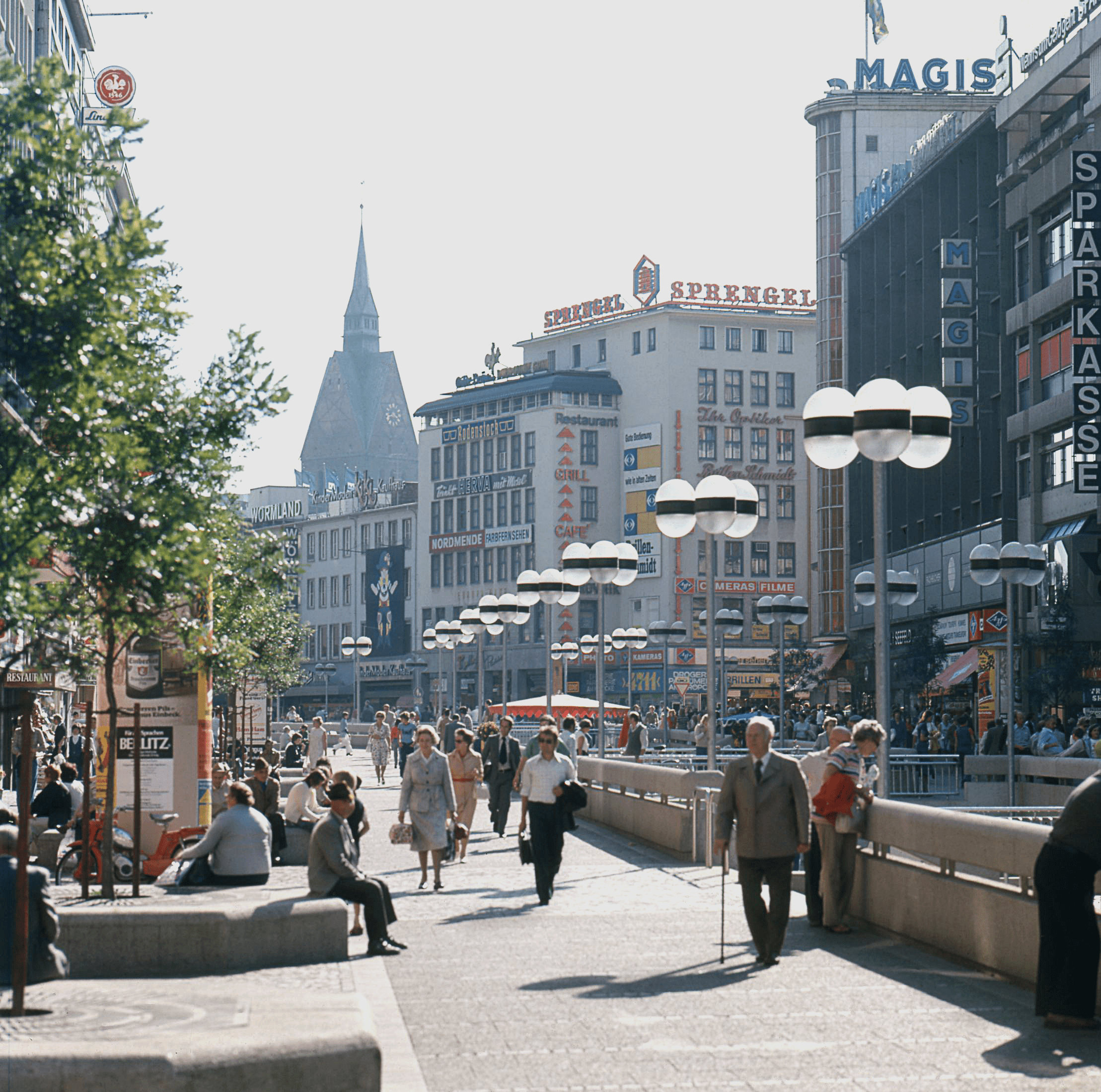
Joachim Giesel, Bahnhof-Street, Hanover, 1975.
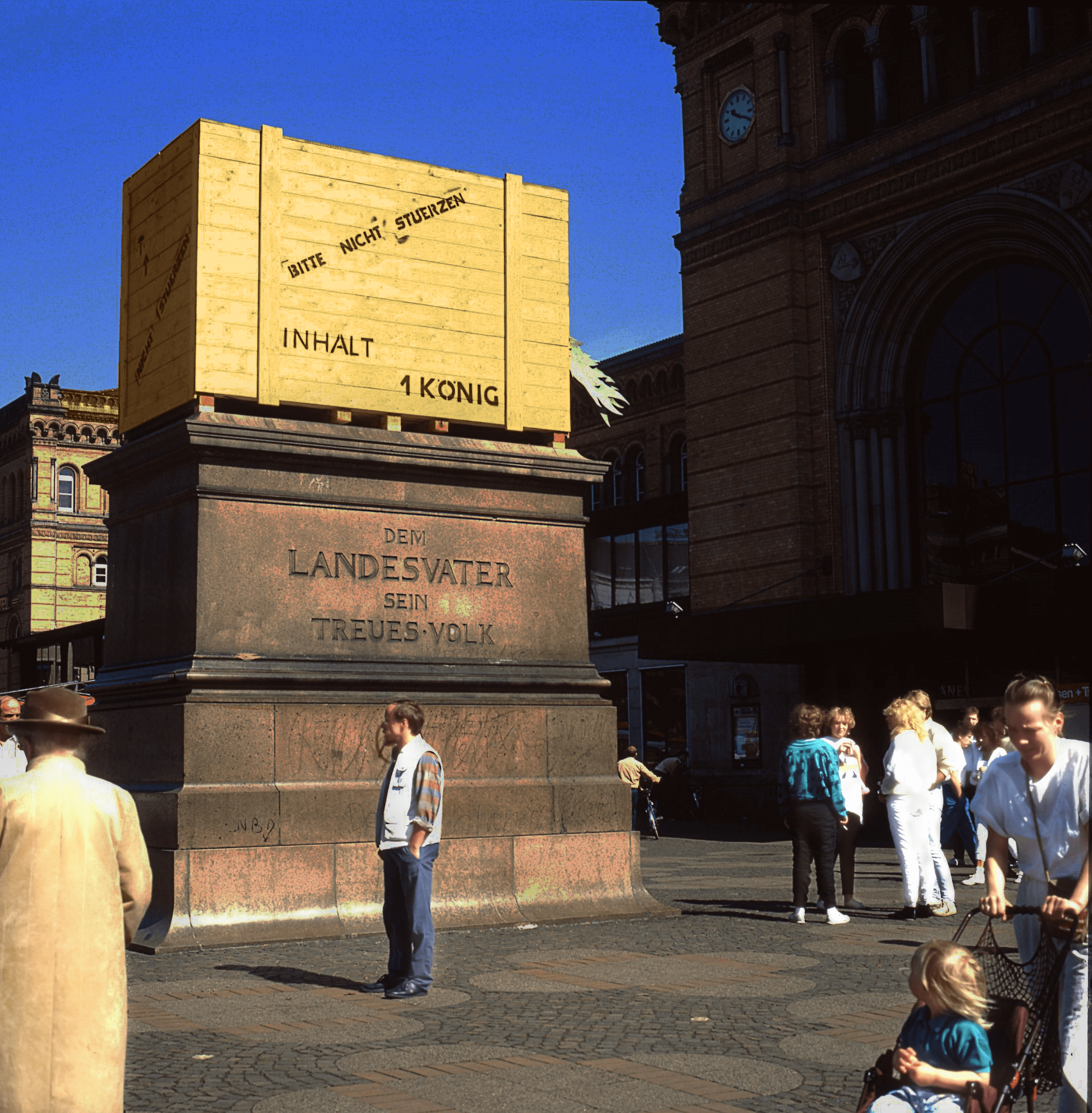
Joachim Giesel, Equestrian statue of Ernst August I after restoration, Hanover, 1986.

Joachim Giesel, Ice cream parlor at Steintor with Anzeiger high-rise, Hanover, 1985.
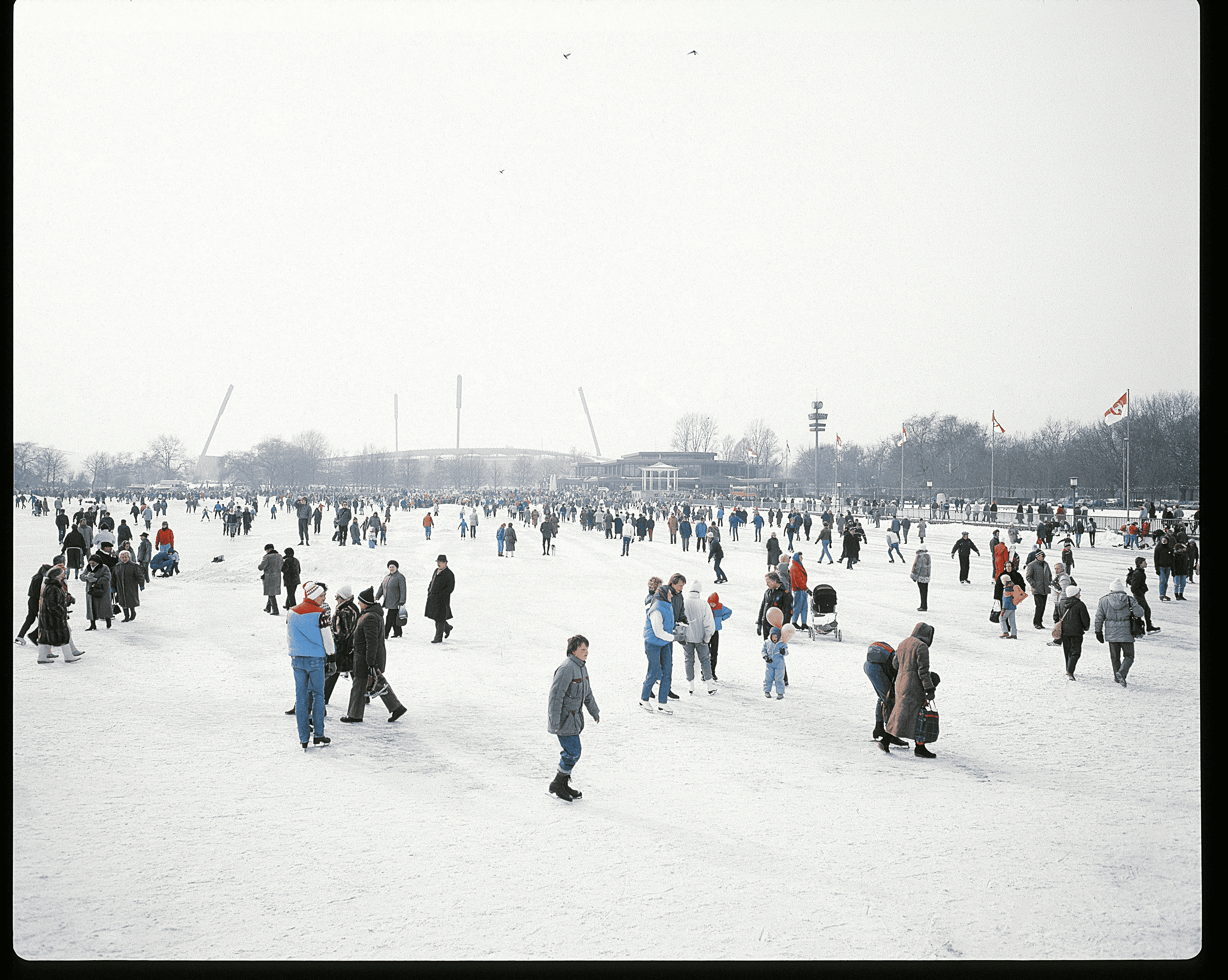
Joachim Giesel, Ice skating on the Maschsee, Hanover, 1986.
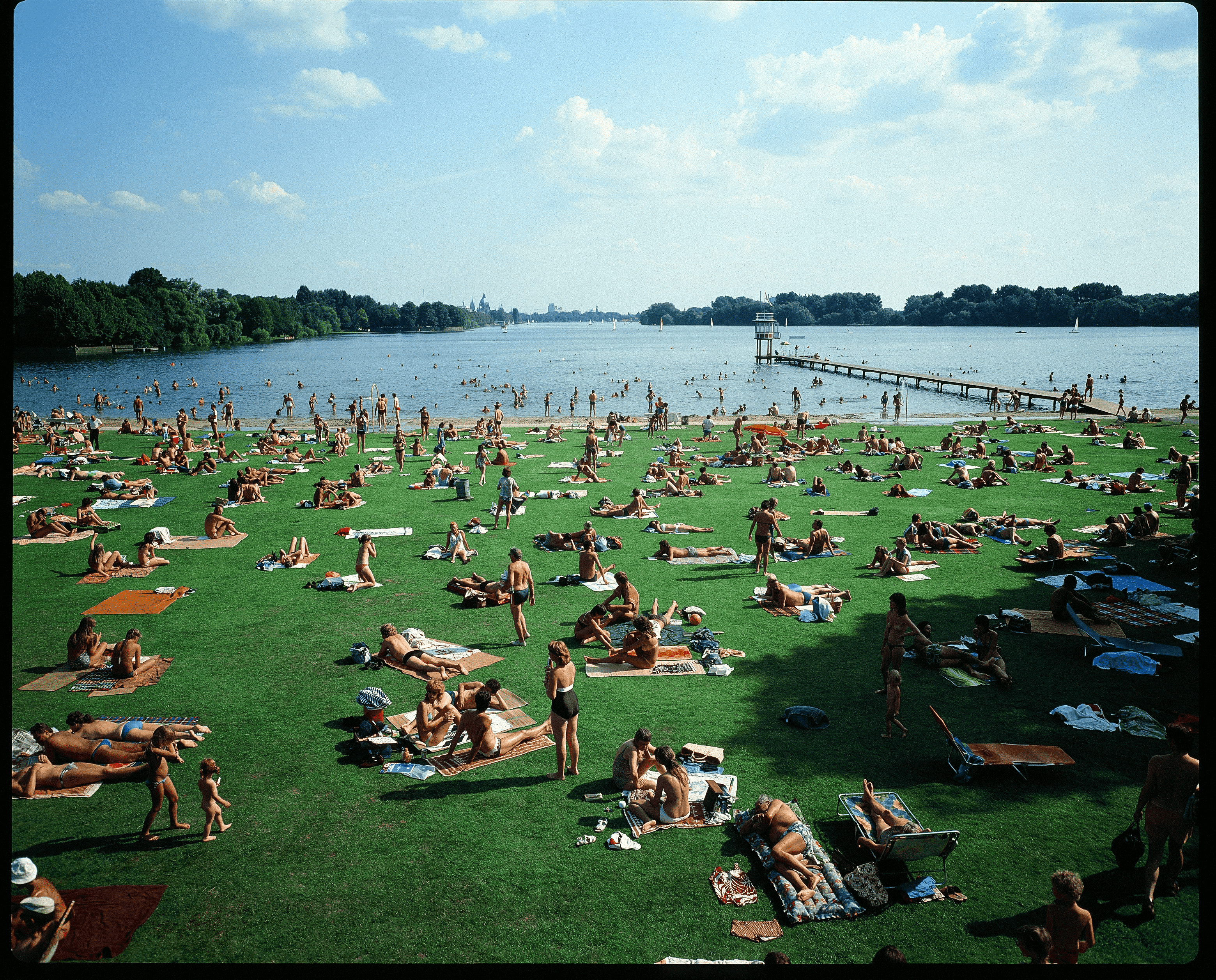
Joachim Giesel, Lido at the Maschsee, Hanover, 1983.
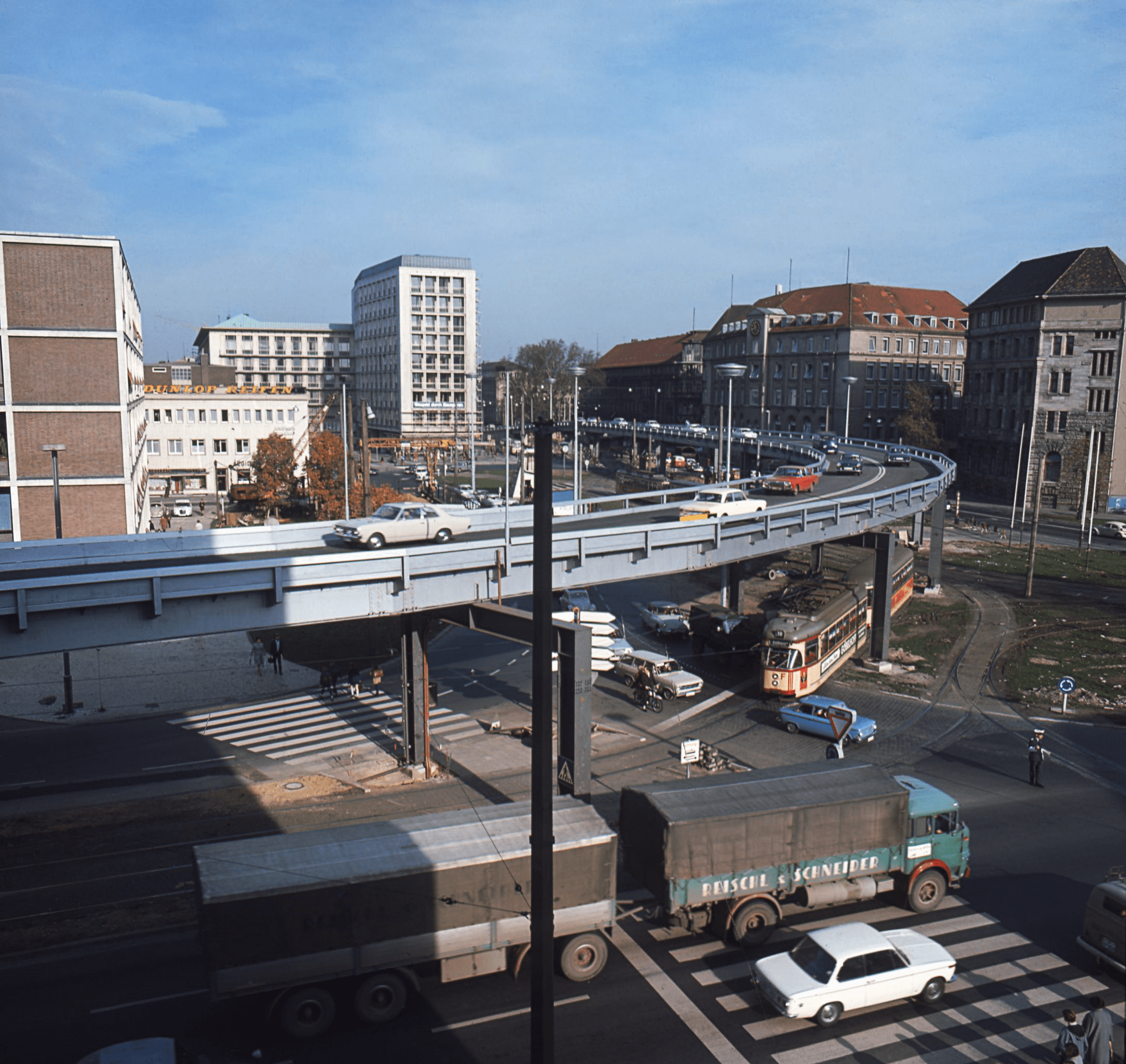
Joachim Giesel, Elevated road across the Aegidientorplatz, Hanover, 1968.
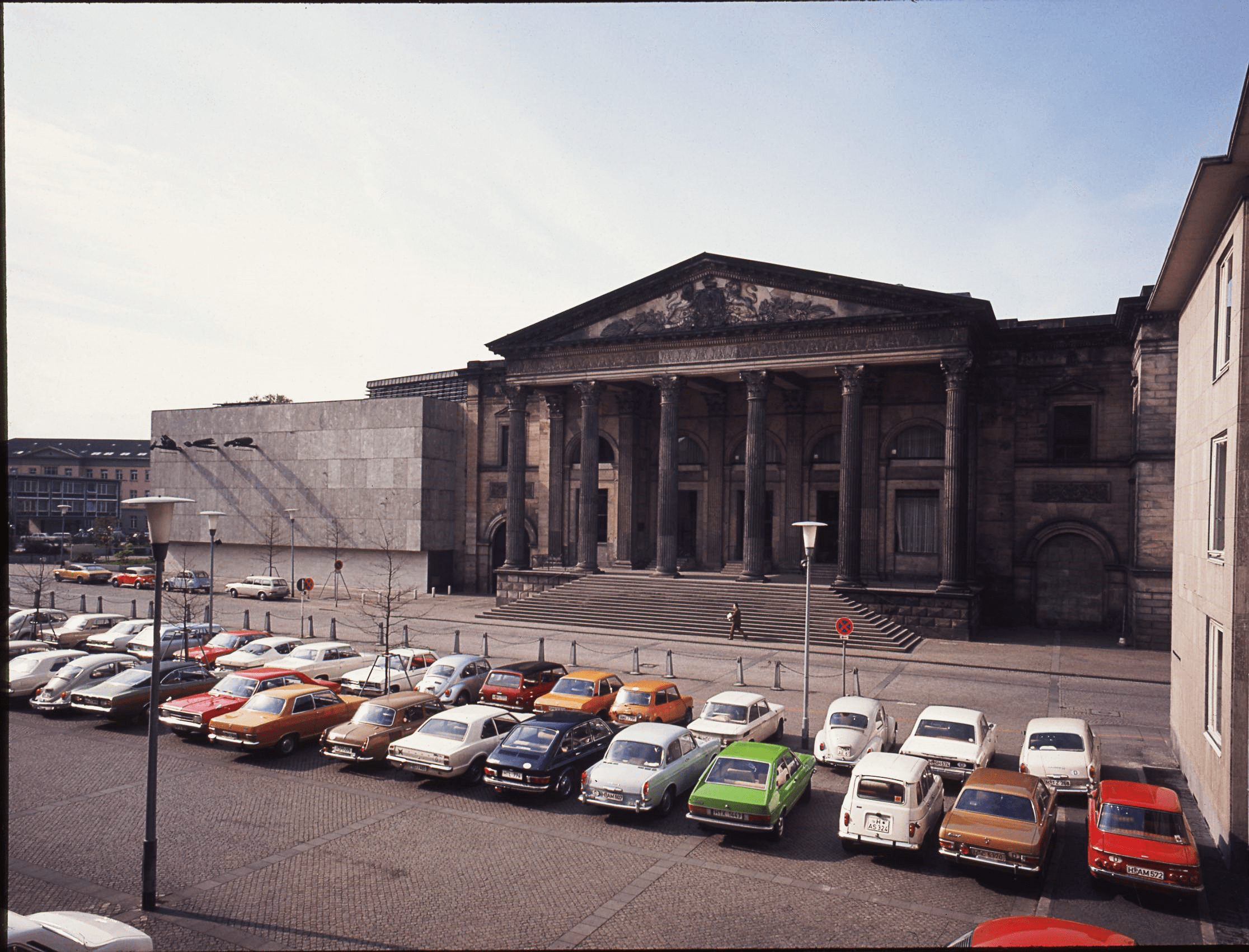
Joachim Giesel, Parliament of Lower Saxony in the former Leineschloss, Hanover, 1970s.
During his time as a press photographer for the Hannoversche Presse (predecessor of the Neue Presse), Joachim Giesel documented political and social events in the city of Hanover. In 1965, when Queen Elizabeth II and Prince Philip traveled to the state capital as part of their eleven-day state visit on May 27, 200,000 people came to the streets welcoming them – after all, the House of Hanover, beginning with George I and George II, who had still grown up in Hanover, had held the kingship of Great Britain from 1714 to 1901. Joachim Giesel photographed the Queen as she rode in an open carriage in Hanover’s city center. The Queen waves to the people at the side of the road, her face impressively reflected in the metal vehicle roof.
Two years later, Giesel was present at the funeral of Benno Ohnesorg. The student from Hanover took part in a demonstration against the state visit of Shah Mohammad Reza Pahlavi in West Berlin on June 2, 1967, during which he was shot in the back by a policeman at close range. Benno Ohnesorg’s murder is considered the starting point for the radicalization of the student movement of the 1960s, which advocated, among other things, the denazification of society, university reforms, (sexual) emancipation and peace. Giesel photographed the silent march through Hanover’s city center, in which 7,000 people participated. Afterwards, dressed in a black coat, he mingled with the mourners and unnoticed photographed the funeral procession and the burial at the Bothfeld district cemetery – aware of the tightrope walk between reverence and historical relevance of a photograph.
As a chronicler, Giesel also documented the Rote-Punkt-Aktion in June 1970, women pleading for freedom in miniskirts, the Old Town festivals of the 1970s, the beginnings of the Old Town flea market, and the workers’ strikes at Hanomag (Hannoversche Maschinenbau AG). In its pictorial composition, the photograph resembles a prominent predecessor: like the eleven men on the steel girder above Manhattan, Lunch atop a Skyscraper (1932), the six Hanomag workers sit chatting and dangling their legs at their immediate workplace. At the same time, the huge lettering of the commercial vehicle manufacturer shines in white letters. The photograph captivates with its geometric image composition, in which the wall projects diagonally from the center of the right side to the vanishing point of the sidewalk in the lower left corner.
Giesel photographed for several illustrated books of the capital of Lower Saxony and documented his hometown for decades.
2010 Hannover, Hausgemeinschaft Waldeseck: Hannover-Ansichten. Fotos von Joachim Giesel
2010 Hannover, Stadtbibliothek Hannover: Fotoarbeiten ›Zehn Jahre danach – EXPO 2000 in Hannover: Mensch/ Natur/Technik – Nachhaltigkeit‹
2024 Leipzig, Mädler Art Forum: Menschenbilder | Zeitgeschichte. Der Fotograf Joachim Giesel.
Benne, Simon; Menkens, Gunnar (2018): 1968. Als die Revolte nach Hannover kam. Hannover: Madsack Medienagentur GmbH & Co. KG (Hannoversche Allgemeine Zeitung).
Breider, Eckhart; Giesel, Joachim; Toll, Hans J. (1975): Hannover. 2., verb. Aufl. Frankfurt am Main: Weidlich.
Decker (1977): Hannover für Gäste. In: Neue Hannoversche Presse, 19.03.1977, o.S.
Giesel, Joachim (1977 und 1981): Schönes Hannover/Beautiful Hannover/Hannover, la belle. Hannover: Fackelträger Verlag.
Giesel, Joachim (1986): Farbiges Hannover/Colourful Hannover/Hannover en couleur. Hannover: Fackelträger Verlag.
Giesel, Joachim (1991): Hannover. Ausgabe Englisch, Russisch, Japanisch. Hannover: Fackelträger Verlag.
Giesel, Joachim (1991): Hannover. Ausgabe Deutsch, Französisch, Polnisch. Hannover: Fackelträger Verlag.
Giesel, Joachim; Landeshauptstadt Hannover; Riebesehl, Heinrich (Hg.) (1970): Experiment Strassenkunst Hannover. Der Anfang. Hannover: o.V.
mk (1991): Giesel suchte mit der Kamera nach dem “schönen Hannover”. Dreisprachig: Ein aktueller Bilderbogen aus dieser Stadt. In: [unbestimmte Tageszeitung aus Hannover], 1991, o.S.
o.A. [bal] (2010): Himmlisches Hannover. In: Hannoversche Allgemeine Zeitung, o.S.